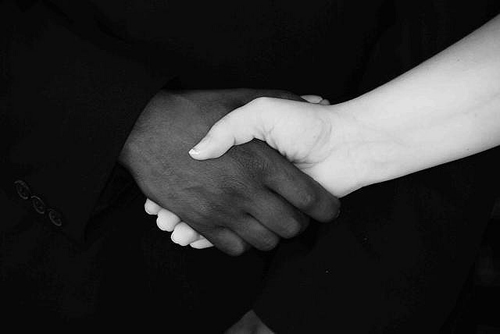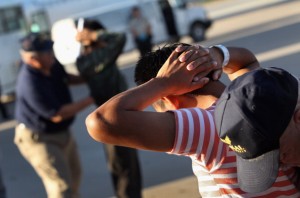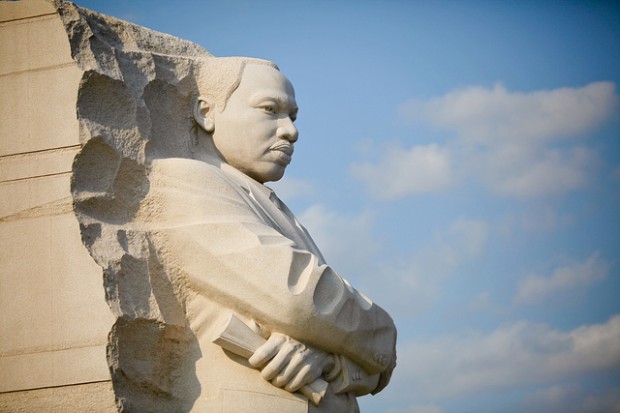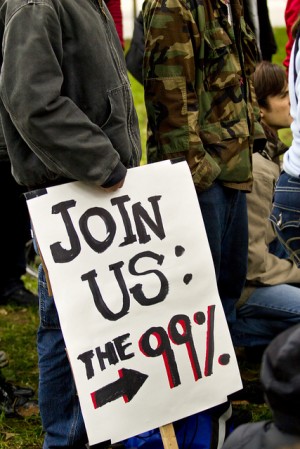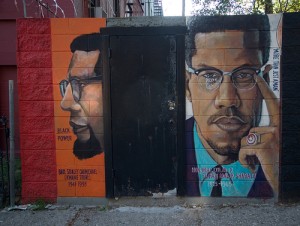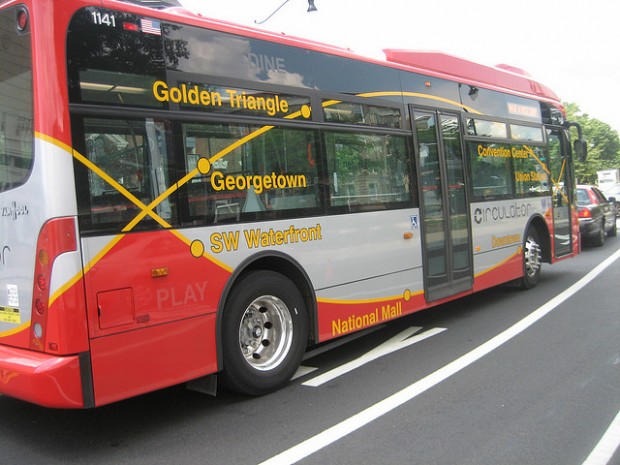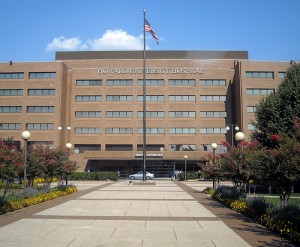D.C. Mayor Vincent Gray signed an executive order Wednesday prohibiting police officers from questioning the immigration status of those arrested. This comes the day after the U.S. government announced it deported a record number of undocumented immigrants in 2011.
But the District may have to eventually implement Secure Communities, a controversial federal program that requires law enforcement officials to share arrest information with immigration officials. A new Frontline series focuses on Secure Communities, the deportation process and hidden abuses in immigrant detention centers. The program, “Lost in Detention,” was the result of a collaboration with American University’s Investigative Reporting Workshop
Reporter Maria Hinojosa recently spoke with PBS NewsHour’s Hari Sreenivasan about the possibility that more sexual abuse is taking place in detention centers than is reported. “If you’re an immigrant who is detained in a detention center,” Hinojosa said, “and you’re an immigrant with papers or without, if you are sexually assaulted by a guard while you’re in a detention center, you may not have any legal right to hold anyone accountable.”
You can watch the first part of the Frontline series below:



